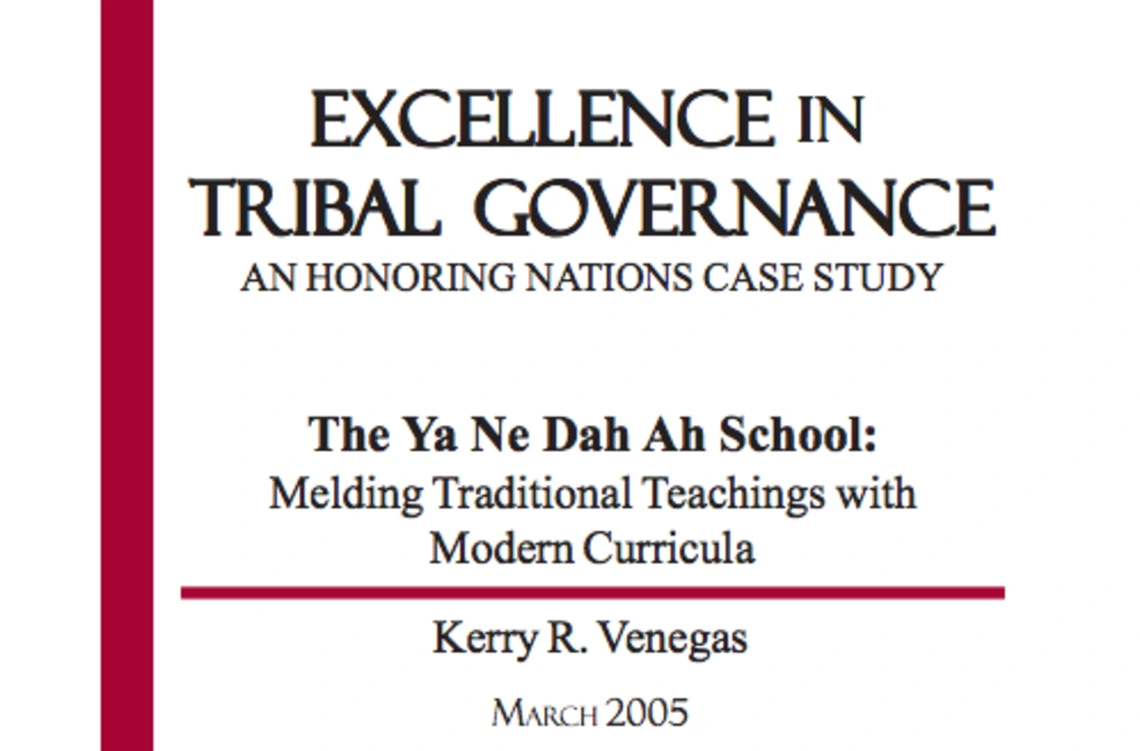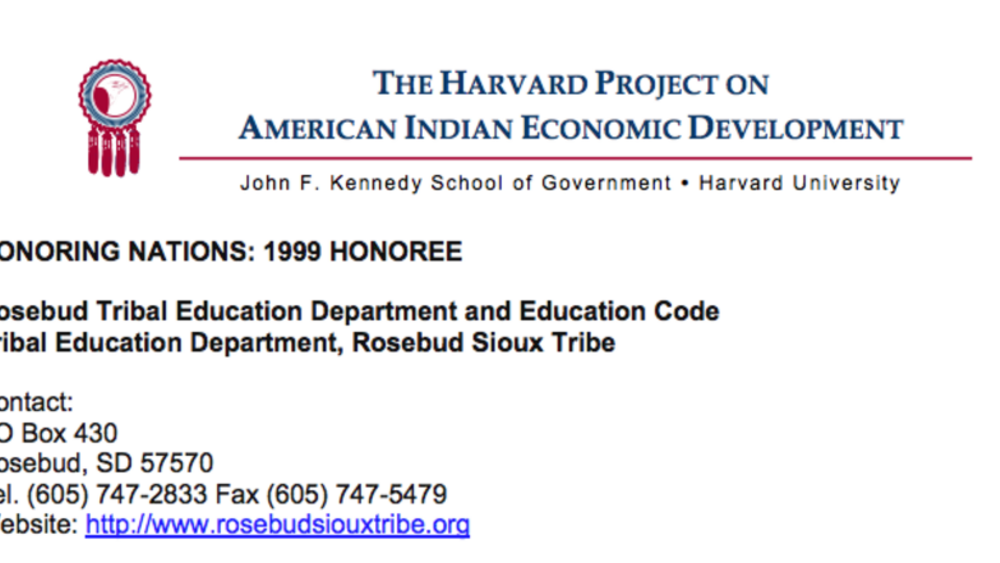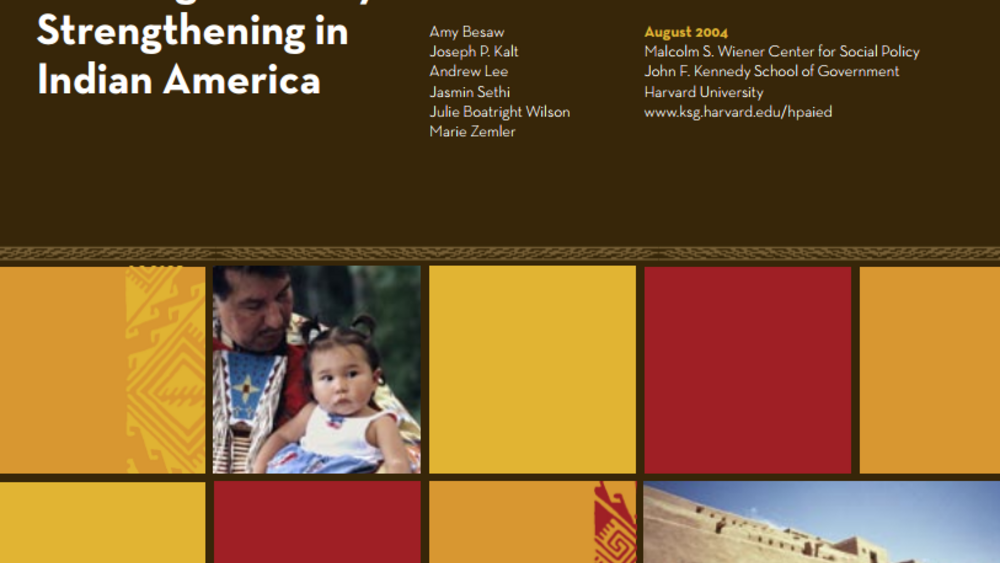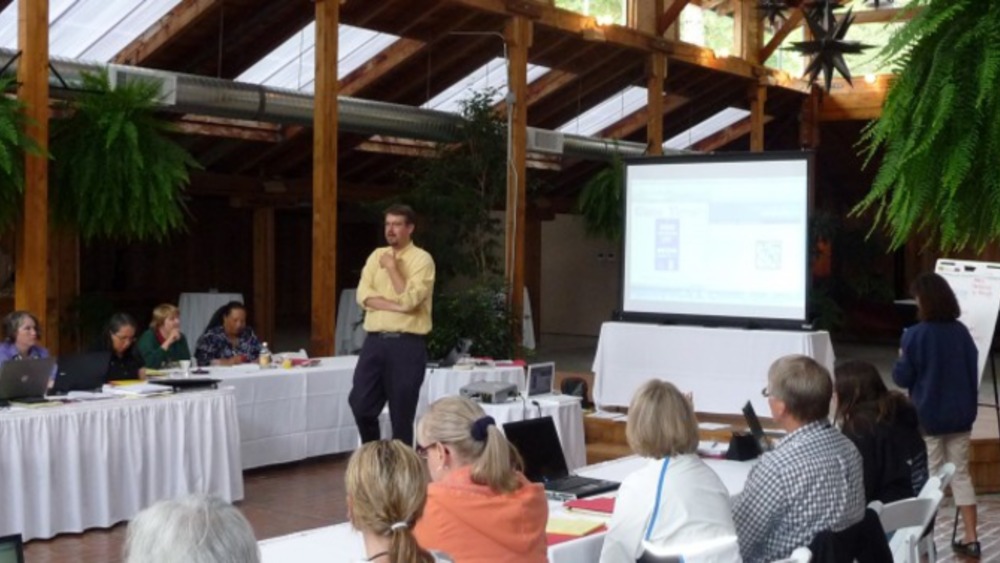For many generations, education in American Indian/Alaskan Native (AI/AN) communities has been controlled by sources external to the communities and the people themselves. Large bureaucratic agencies, such as the Bureau of Indian Affairs (BIA) or public school systems overseen by state governments, decided on policies and practices for educating Indian children, mainly without regard for the concerns and priorities of Native communities. The cumulative effect of this disconnect is a long-standing legacy of low academic achievement, high drop out rates, and limited options for AI/AN students in school systems across the United States. In addition, the imposition of assimilationist educational policies resulted in ever-dwindling numbers of tribal and village members who are fluent in traditional languages and cultural practices. As tribal nations across the country assert their sovereign right to self-determination, they frequently look first to seizing control of the education of their youth. Such control allows tribal nations to create policies and implement practices grounded in shared tribal values and traditions, thereby allowing tribes to begin to reverse the devastating effects of cultural and academic erosion associated with non-tribal control. The story of how Chickaloon Village, an Ahtna Athabascan Indian community near Anchorage Alaska, reclaimed control of its children’s education, incorporated modern skills with traditional knowledge, and exceeded state and national standards stands as a proactive model of tribal self-determination, Native sovereignty, and community resourcefulness in creating a school of its own.
Additional Information
"The Ya Ne Dah Ah School: Melding Traditional Teachings with Modern Curricula". Honoring Nations. Harvard Project on American Indian Economic Development, John F. Kennedy School of Government, Harvard University. Cambridge, Massachusetts. March 2005. Case Study.




